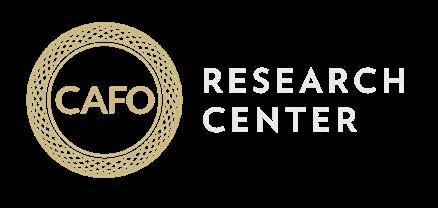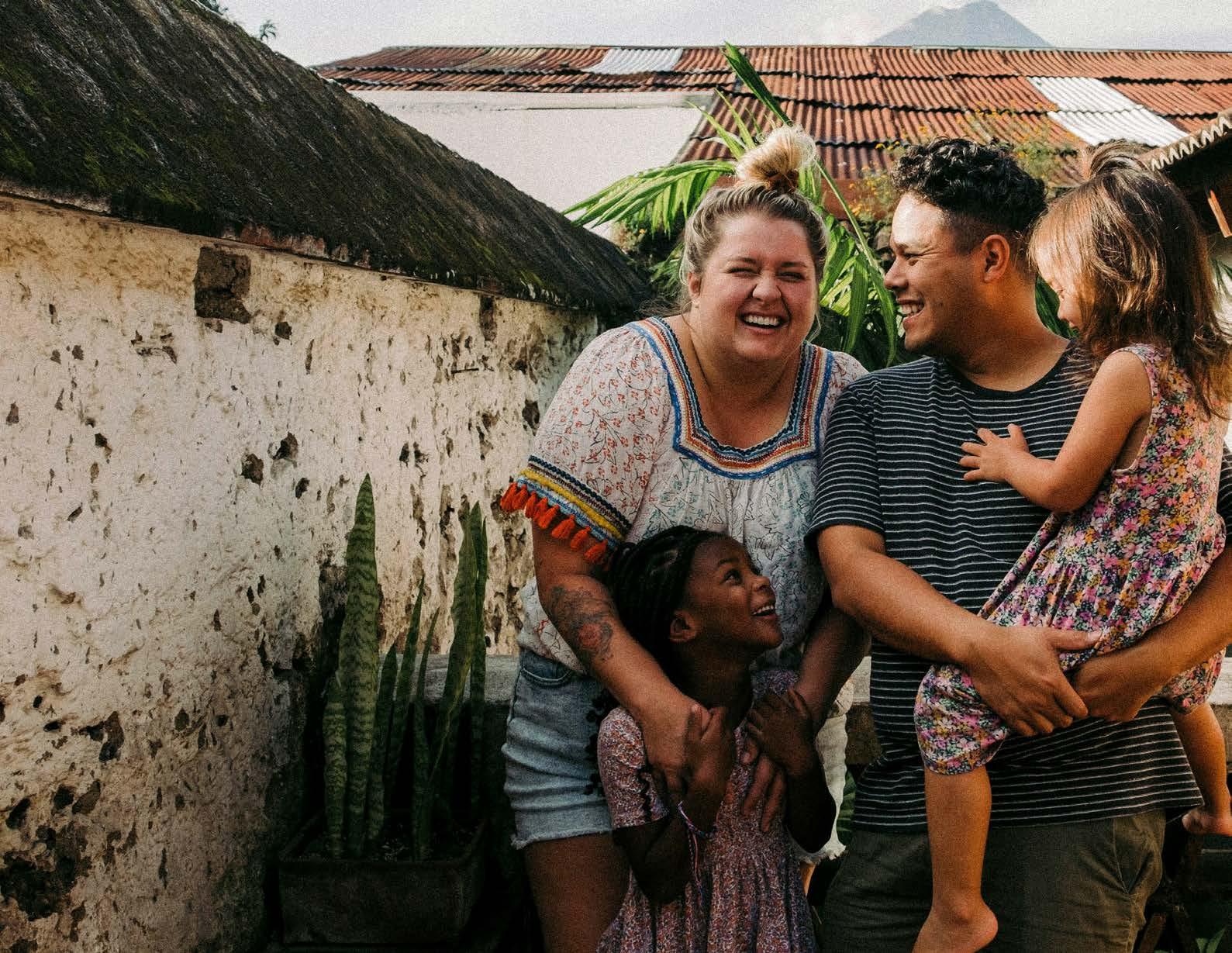

Transition to Family Care How Programs are Moving Toward Family Solutions
Scripture and science are clear: children do best in families.
However, for those in the trenches of caring for vulnerable children in low-resource communities, this can seem like an idealistic dream - something that is only possible in other places. They also recognize that feasible solutions — rather than idealized prescriptions — are necessary amidst the deep and complex needs they face every day.
But around the world, residential programs are freshly recognizing the importance of family for children and are transitioning their care models to family-based solutions. Program leaders are learning more about what children need most and are making changes to the care they provide. They are demonstrating that a transition to family solutions is possible for children, even in very difficult places.
The Transitioning to Family Care: Why, What, and How? series is made up of three separate booklets covering the high points of the process of transitioning to family-based solutions, including:
• WHY children need families and why residential care is only a partial solution
• WHAT transitioning to family care means, what is involved, and what the process entails
• HOW programs are transitioning care, with case studies to help others envision family care
The work of serving orphaned and vulnerable children flows from the care, compassion, and sense of calling of many programs around the world.

How are Residential Programs Moving Toward Family Solutions?
We all want children to be in families, and the idea of providing family-based care for children appeals to many program leaders. Yet the reality of moving toward family care often means running the existing care program while expanding to include a new model of family-based care.
It can feel like an enormous undertaking, leaving many leaders with big questions.
• Where do we start?
• How do we ensure the safety and well-being of children in the process?
• What about our staff, board members, and donors?
• How much will this cost?
• Is care transition really possible in our case?

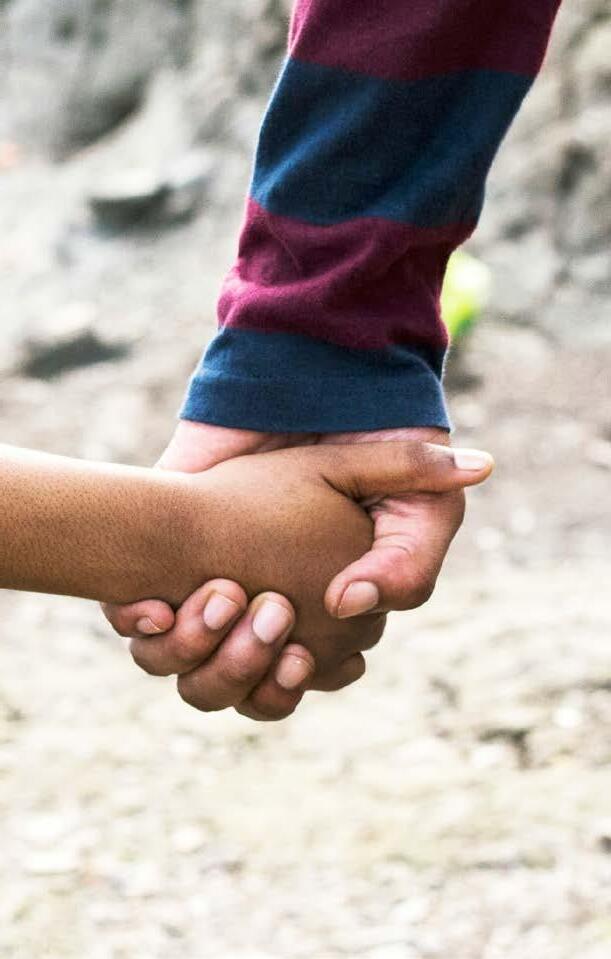
Transitioning to Family Care is Possible — Not easy, but possible
As program leaders catch the vision of caring for children in families, their journey of moving toward family solutions begins, and they start bringing others along with them. In this way, what started with just a few residential programs recognizing the need for children to be in families has grown into a global movement.
The process of transitioning from residential to family care isn’t always easy, but it is possible.
Transition is a slow and steady process, not a singular decision or event. It is a new way of thinking– a new lifestyle for your program.
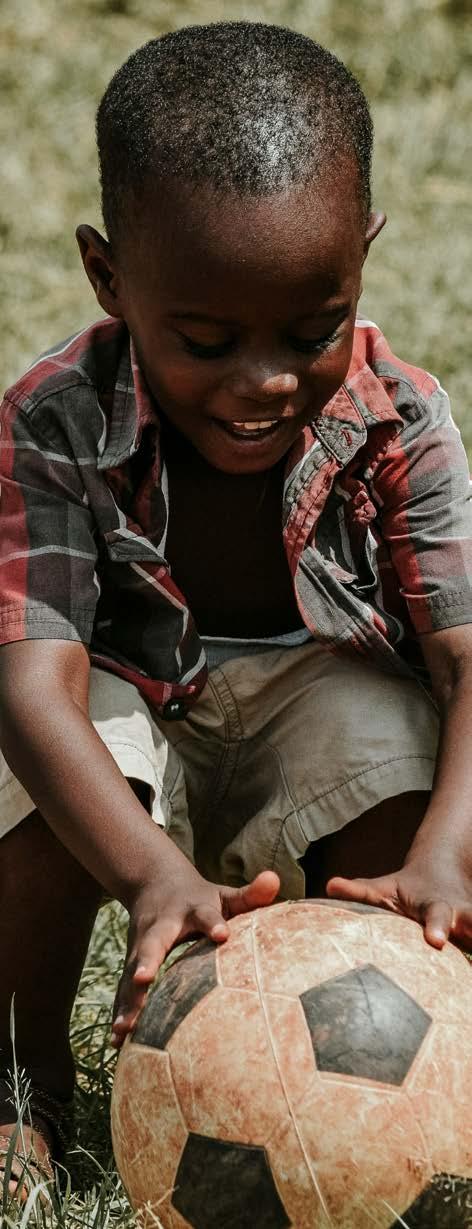
While the specifics of the care transition journey look different for every organization, five primary phases reflect the overall process.



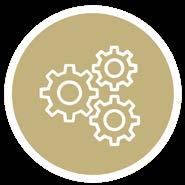
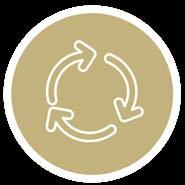
AWARENESS RAISING
Helping key stakeholders- including children, family, staff, leadership, donors, and others- understand the need for family care and envision the way forward.
EVALUATING PROGRAM READINESS
DEVELOPING A PLAN
Considering the strengths and needs of our program before jumping into the transition. We need to begin the transition process with a firm foundation of organizational health.
Building a transition plan to give strategy and structure to the process. This ensures the various aspects of a successful transition have been considered, planned for, and used for evaluating progress.
ENACTING NEW SYSTEMS
Gradually putting the transition plan into action by developing new policies and procedures, assessing families and moving children, and retraining staff.
REPURPOSING PREVIOUS RESOURCES
Strategically shifting the use of organizational resources, such as property, staff, and other assets to support family care while decreasing reliance on residential care.
Organizational Journeys to Family-Based Care
As organizations worldwide increasingly recognize that children thrive best in family environments, we see diverse approaches to care transition developing across different contexts and regions. While every transition journey is unique, the following case studies demonstrate that meaningful change is possible regardless of context.
Within each of these stories of care transition, we see consistent themes of local church and government involvement, healthy partnerships, strengths-based approaches, well-trained staff, investment in family strengthening, and effective case management. Each organization faced unique challenges but developed effective strategies that prioritized the best interests of each child individually.
Case studies can help others envision what is possible while avoiding one-size-fits-all approaches. They offer models and ideas that – if appropriately adapted – can prove effective across a wide range of settings, situations and cultures.
Safe transitions to family-based care take time, but these case studies show that transition is possible.
Bethany Global - Ethiopia:
Building Effective Partnerships to See Children in Families
Founded in 1944 to provide a Christian home for orphans and vulnerable children, Bethany
Christian Services made its first steps toward family-based care in Ethiopia in 2009. Having realized that the national government wasn’t open to policy changes, Bethany adapted by working through local communities instead.
Their approach to sharing the vision of family-based care started with a 15-month awareness-raising campaign targeting a small group of carefully selected community leaders. They carefully balanced messages from both faith and social work perspectives, believing both were crucial for effective awareness raising. When engaging local leaders, Bethany found that sharing examples of success in other programs was more effective than sharing research and theory. Stories of success helped to alleviate hesitancy around perceived risks and challenges associated with transitioning to this new model of care and resulted in a more favorable response from local leaders.
Strategic partnerships with churches, local and national governments, and like-minded organizations allowed Bethany to provide strategic services across regions and cultures. In developing church partnerships, Bethany pursued churches with existing orphan care ministries and a large pool of families with capacity for involvement.
Additionally, they found success working with churches that demonstrated high levels of willingness, confidence, and readiness (often the most critical component).

Over time, Bethany developed a targeted spectrum of services to structure their family-based care approach, including community development, family support, temporary care provision, and adoption services. They established a comprehensive process for pursuing a safe, loving family placement for every child, including family recruitment, thorough assessment protocols, child-centered placement practices, and ongoing support services.
In addition to the primary positive outcomes for children and families, Bethany’s secondary outcomes have been tremendous. Communities have experienced increased pride, hope, and positivity as involvement in family-based care has spread throughout the region, which many have described as a “great awakening.” The movement toward family-based solutions has established a robust safety net for children, working toward the long-term goal of Ethiopian families caring for orphans and vulnerable children in their homes.
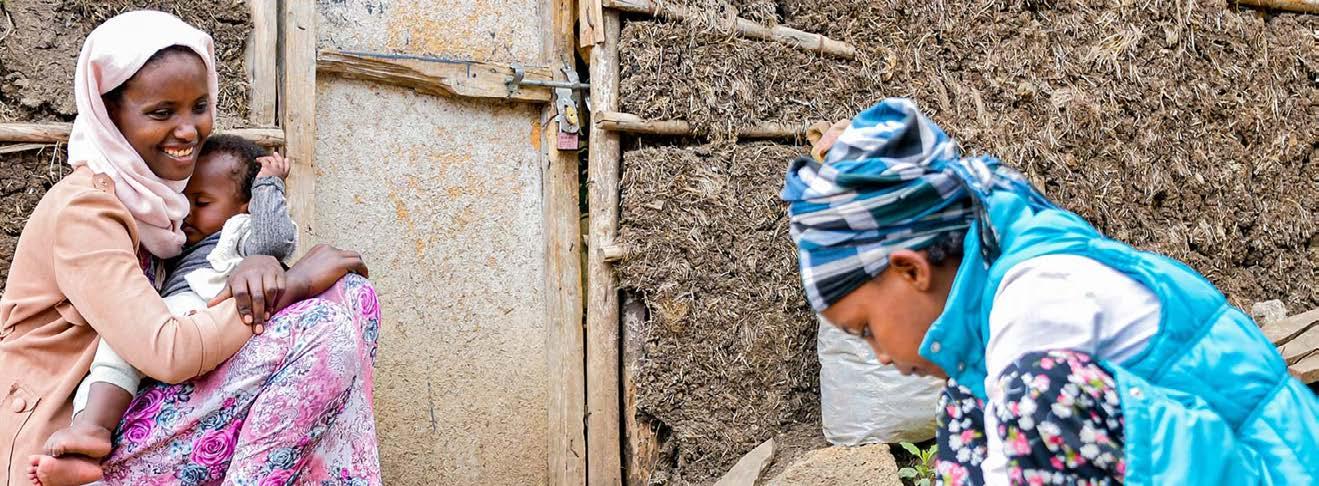
Bethany Christian Services continues to support vulnerable children and families in various contexts through foster care, family preservation, refugee services,
adoption, and more.
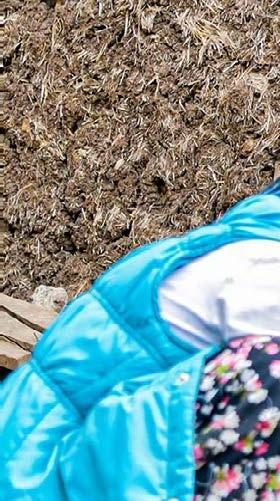
Care for Children: Engaging Governments in Care Transition
Established in 1998 from a British-Chinese government partnership, Care for Children works with governments to establish alternatives to institutional care for orphans and vulnerable children through local family-based care. Their work began in China when Robert Glover, a British government worker, began sharing the vision of family-based care possibilities for orphans. A pilot project was launched in Shanghai to place 500 children in families - a novel concept in a country where foster care and family-based care terminology had no direct translation in Mandarin.
Care for Children structured their process for moving children from institutional to family-based care through retraining institutional staff as family placement workers, framing this as career advancement while ensuring continued employment during the transition. As children were moved into families, many institutional buildings were repurposed as children’s resource centers, offering services such as prevention teams, special education, and physical therapy. Their sustainable model of supporting the transition to family-based care relies on working in direct partnership with local government, offering seed funding to offset transition costs, working exclusively through partnerships with local institutions, and multiplying impact by providing training for trainers.
Through Care for Children’s approach to family-based care, children in residential care are prepared for family placement through a comprehensive process, including medical screening, life story processing (when ageappropriate), and attachment work. Families are trained using a culturally-adapted version of the British training standard based on the Secure Base Model that focuses on child-parent interactions. Institutional staff receive

extensive training and multi-level support through local experts who assist new social workers and orphanages throughout the transition process. Children are placed in families using a permanent foster care model that includes government financial support for children’s expenses and requires families to sign contracts committing to raise children until independence, ensuring long-term stability.
The results have been remarkable through this model of working with national governments to guide and enable the transition from institutional care to family care. Care for Children has grown into a multinational agency, but they continue to focus on re-training institutional childcare staff to become family placement workers in the local community to place children into local families, and subsequently free up space and resources for the local authorities to offer a wider range of childcare services and preventative measures.
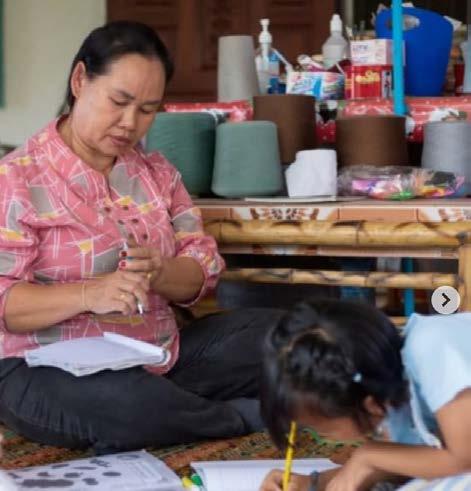
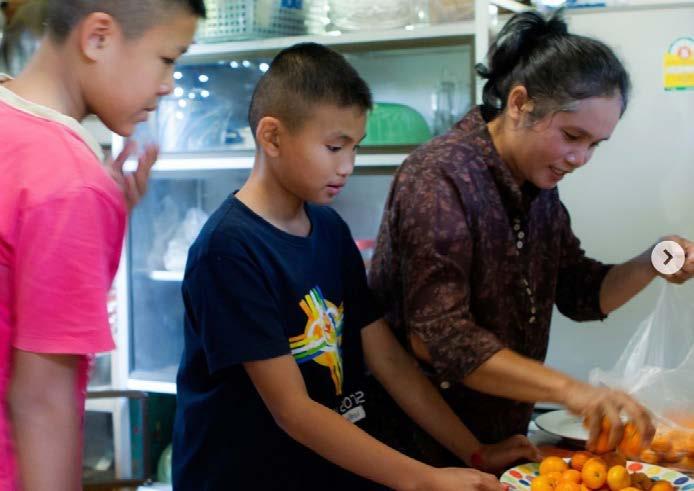
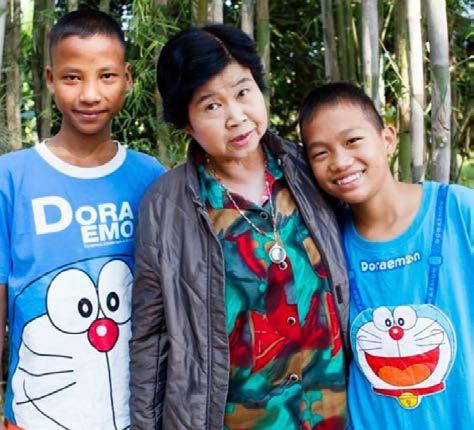
Care for Children works to ensure orphans and vulnerable children have the opportunity to grow up in loving families worldwide.
Akola Project: Supporting Family Care Through Sustainable Impact
Akola began in 2004 when initial funds were raised to build an orphanage to provide care for vulnerable children in Uganda. But by 2007, while the orphanage was still under construction, program leaders had learned that residential care was not as simple or effective as originally thought. Recognizing that many women in the community were already caring for orphaned and vulnerable children in their homes, the project pivoted to a family-based care model to support and empower local women to continue providing care for children and keep them in families.
Working with local churches, Akola began to identify women with the least support and greatest number of dependents (often a mix of biological and orphaned or vulnerable children). They established community infrastructure, built vocational training centers, and provided training for creating high-end jewelry and accessories to be sold in the global marketplace. Profits are used to provide fair wages that allow these women to continue caring for and supporting the children in their care.
The model combines economic empowerment with holistic programming to strengthen existing families, including programs in health, education, business, savings & loans, ministry, family planning, maternal health, Bible study, fellowship, and wellness. By reinvesting profits and providing fair wages, women are enabled to improve their homes, invest in businesses, and strengthen local economies— as evidenced by the many participants who go on to launch their own local enterprises.
While Akola works with NGOs and government agencies, they primarily partner with the local church. They not only help to nominate women for the program, but also provide the necessary web of encouragement, assistance, and

accountability required to ensure the success of the program. Churches are also able to more effectively identify strengths and needs within the community to guide the holistic programming Akola offers in a local setting.
Akola’s model for keeping children in family-based care is most effective in small villages where community accountability creates protective factors. It depends on having the professional networks necessary to sustain a social enterprise that balances profitability with social impact. Additionally, it is important for profitability and community development projects to progress simultaneously, as women in marginalized communities need more than economic support to become agents of transformation for the vulnerable children they care for and the communities they live in.


Akola has developed into a purpose-driven brand that creates beautiful designs to build up the lives and livelihoods of the extremely poor.
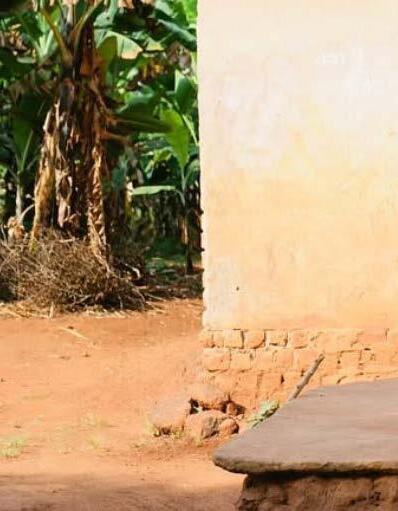
Care Transition Coaches
Around the world, residential programs are freshly recognizing the importance of caring for children in families. Like all worthy journeys, this transition is not without its challenges, and program leaders often find themselves with big questions about where to start and how to move forward safely and effectively.
To support programs on this journey, the CAFO Research Center has developed the Care Transition Accelerator Academy.
This comprehensive initiative unites more than 30 global care experts who work together to train local Care Transition Coaches through a two-year program that includes a one-year practicum. The Academy demonstrates that with proper guidance and support, meaningful change toward family-based solutions is not only possible but achievable across diverse contexts and cultures.


I had the privilege of being part of the first group trained as transition coaches at the CAFO Academy. Since then, I have had the opportunity to support the transition process of several organizations. The first thing I would say is that each process is unique and requires a specific design tailored to the organization—what works for one may not work for another. But when we reach consensus and set the transition plan in motion, it is truly rewarding.
My first process as a transition coach was my practicum during the academy. It was a real challenge because the transition plan involved working with the board of directors of an 80-year-old organization with a deeply institutional culture, most of whom were not ready to make deep changes. However, they eventually joined the change. In this case, the director played a key role in implementing the plan and making the necessary changes. As a result, 30% of the children were reintegrated, and the rest were moved into small homes within the community. Exactly four years later, just as we had envisioned in 2021, the macro-institution was closed.
This year, I have supported another process where the home is ready to make the transition. Although it will not cease protection services entirely, it has shifted its approach: from serving a population of 80 children to no longer accepting new admissions. Instead, the focus is on designing life plans for residents who entered at a young age and could not be reintegrated. The plan includes moving these 20 adolescents into four homes in the community and repurposing the entire infrastructure to create a large community center that will offer all kinds of family services.
Now I am about to take on a new challenge: training a team of professionals in an African country where there is a mandate for reintegration, but no plan has been developed to carry it out.
— CLAUDIA LEÓN, PERU, CARE TRANSITION COACH
These case studies demonstrate that safe and sustainable transitions to family-based care are possible, while underscoring that there is no single pathway to successful transition. Each story reflects the importance of engaging local cultures, listening to local leaders, and collaborating with churches and communities to share the vision of children being cared for in families.
Rather than offering a blueprint to replicate, these examples case a vision of what is possible— demonstrating the value of intentional planning, collaborative partnerships, and unwavering dedication to children’s wellbeing. The diversity of approaches across cultures and contexts reminds us that effective solutions must be locally owned and contextually appropriate.
Most importantly, these stories reveal how God’s heart for the orphaned and vulnerable is expressed through His people—churches, families, and communities—stepping forward to see every vulnerable child experience God’s unfailing love in a thriving family.

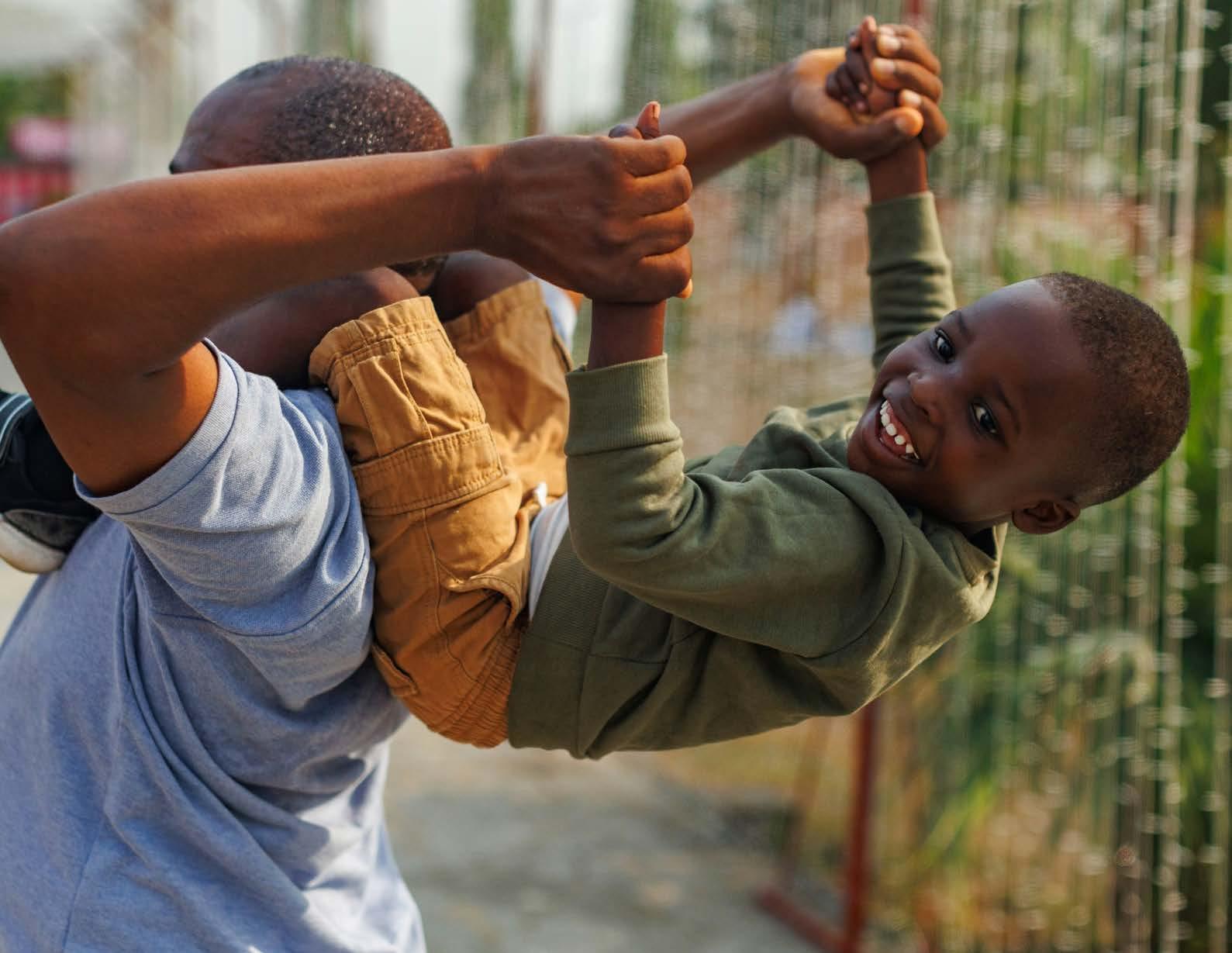
Transition to Family Care Resources
The CAFO Research Center is here to support and equip you on your care transition journey:
Moving Toward Family Solutions Course: Join participants from around the world to explore why children need families and how your program can safely move children into family care.

Readiness to Transition Self-Assessment: Evaluate your program’s readiness to transition and receive a custom feedback report with suggestions for your next steps.

Transition Resource Guide
This curated directory of select resources will give you a picture of some of the available supports as you move toward family solutions.

Join us on the journey of moving toward familybased solutions for vulnerable children… together!


Sign-up to receive our latest research, learning opportunities, and free resources to support the essential work of caring well for vulnerable children and families.
